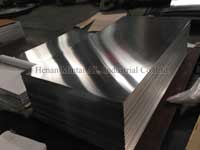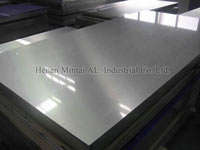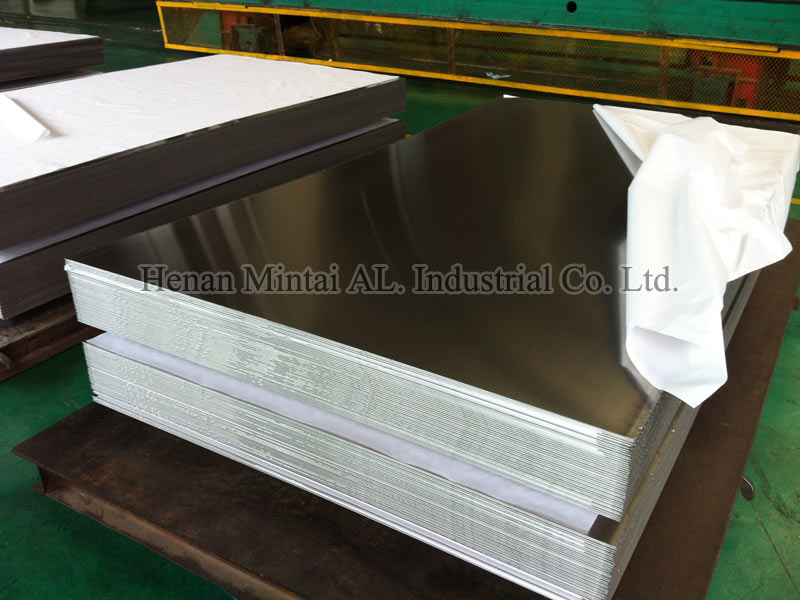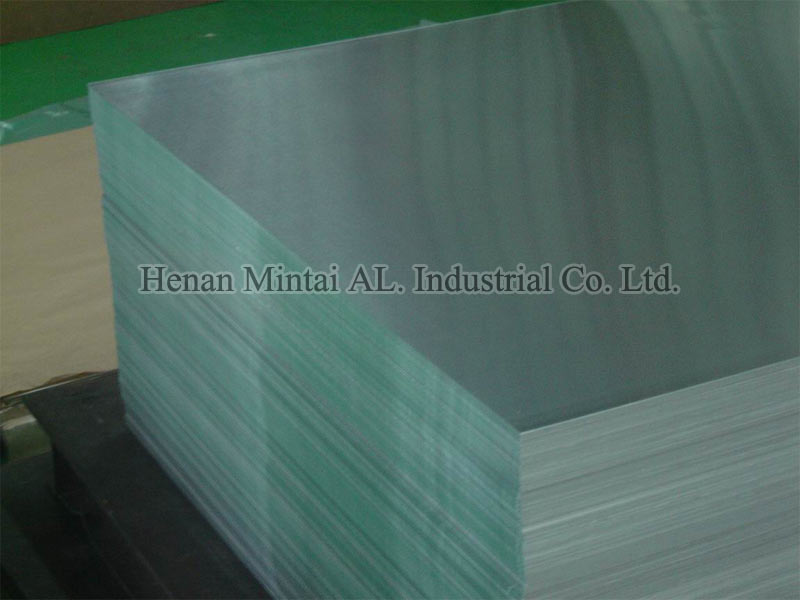The difference between anodizing and chemical oxidation
2015-05-12
★ Anodized concept: the process of aluminum and its alloys in the corresponding electrolyte and specific process conditions, due to the action of the applied current, the aluminum products (anode) layer of oxide film formed on the anodic oxidation if not specified usually it refers to sulfuric acid anodizing
1. The role of anodizing
☆ protective
☆ decorative
☆ insulation
☆ improve adhesion with the organic layer.
☆ improve and inorganic coatings binding force
Other features ☆ Development
2. Aluminum chemical conversion coating process (chemical oxidation, passivation, chromium)
★ chemical conversion coating of aluminum alloy obtained by chemical oxidation, reference US military standard MIL-C-5541.
★ Why the chemical conversion coating of aluminum alloy
☆ strengthen rust resistance aluminum alloy.
☆ can stabilize electrical contact with the female role. (Once a customer product requirements conductive oxide, its purpose is to play a stabilizing role in the contact resistance and conductivity)
☆ conversion coating is thin (about 0.5 ~ 4um), soft, conductive, porous, good adsorption capacity, usually as the underlying paint or other coatings.
☆ does not change the mechanical properties of the material.
☆ equipment is simple, easy to operate, cheap.
☆ does not affect the size of the work piece.
★ conversion coating thickness
Chemical conversion coating of aluminum alloy thin surface about 0.5 ~ 4um, conversion coating is a gel, it is difficult to directly measure, usually only weighed before and after chemical oxidation artifacts, or to surface color and salt spray test to determine the oxidation corrosion resistance of the membrane.
★ scratch after anti-corrosion features
Chemical conversion coating of aluminum alloy surface is a gel, this colloid can be moved in the conversion coating scratch, scratch scar gel will move around to scratch the surface, together, continue, stop aluminum corrosion, there are still anti-corrosion features.
★ color
Chemical conversion coating of aluminum color gray, white, grass green, golden yellow, rainbow colors, the final color conversion film, the conversion coating syrup used the operating process conditions.
3. The difference between the conductive oxide anodizing
1) In the case of anodic oxidation is carried out through the high-voltage, it is an electrochemical reaction; conductive oxide (also known as chemical oxidation) does not require electricity, but only soaked in syrup on the line, it is a pure chemical reaction.
2) The time required for the anodic oxidation is very long, often tens of minutes, and conductive oxide only takes a few tens of seconds.
3) Anodic oxidation films a few microns to tens of microns, and hard wear, and conductive oxide films generated only about 0.01 to 0.15 microns. Wear is not very good, but both conductive and resistant to corrosion, which is its advantage.
4) Had an oxide film is not conductive, but because it is a conductive oxidation film is thin, so that the conductive.













 (Chat Online)
(Chat Online)



